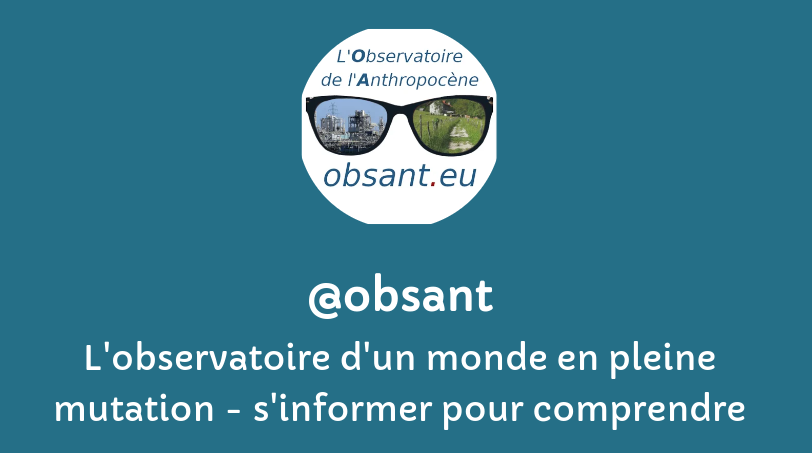Recherche : Articles ![]() Audio – podcast
Audio – podcast ![]() Fiches
Fiches ![]() Livres
Livres ![]() Sites
Sites ![]() Vidéos
Vidéos ![]() retour Veille
retour Veille
Uniquement les Articles de la décennie 2010
Pour voir les références d’un(e) auteur(e), cliquez sur son nom. Pour revenir à la page, utilisez le bouton refresh ci-dessous.
Cela fonctionne également avec les mot-clés de chaque référence.
filtre:
water
After water, concrete is the most widely used substance on Earth. If the cement industry were a country, it would be the third largest carbon dioxide emitter in the world with up to 2.8bn tonnes, surpassed only by China and the US. The material is the foundation of modern development. Concrete is how we try to tame nature...
abs_empty
We develop roadmaps to transform the all-purpose energy infrastructures (electricity, transportation, heating/cooling, industry, agriculture/forestry/fishing) of 139 countries to ones powered by wind, water, and sunlight (WWS). The roadmaps envision 80% conversion by 2030 and 100% by 2050. WWS not only replaces business-as-usual (BAU) power, but also reduces it ∼42.5% because the work: energy ratio of WWS electricity exceeds that of combustion (23.0%), WWS requires no mining, transporting, or processing of fuels (12.6%), and WWS end-use efficiency is assumed to exceed that of BAU (6.9%). Converting may create ∼24.3 million more permanent, full-time jobs than jobs lost. It may avoid ∼4.6 million/year premature air-pollution deaths today and ∼3.5 million/year in 2050; ∼$22.8 trillion/year (12.7 ¢/kWh-BAU-all-energy) in 2050 air-pollution costs; and ∼$28.5 trillion/year (15.8 ¢/kWh-BAU-all-energy) in 2050 climate costs. Transitioning should also stabilize energy prices because fuel costs are zero, reduce power d
![]()


